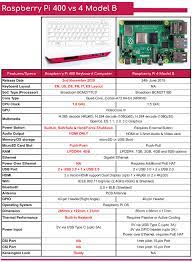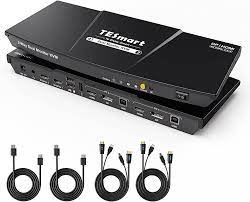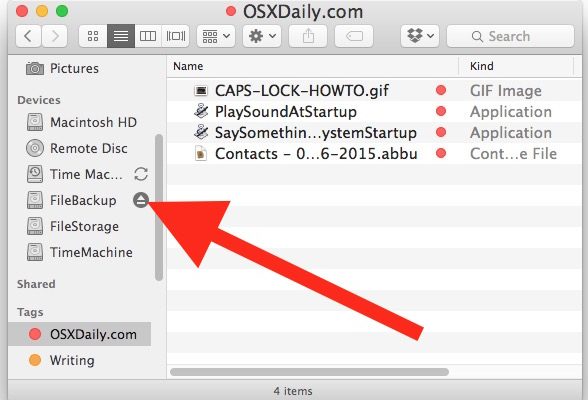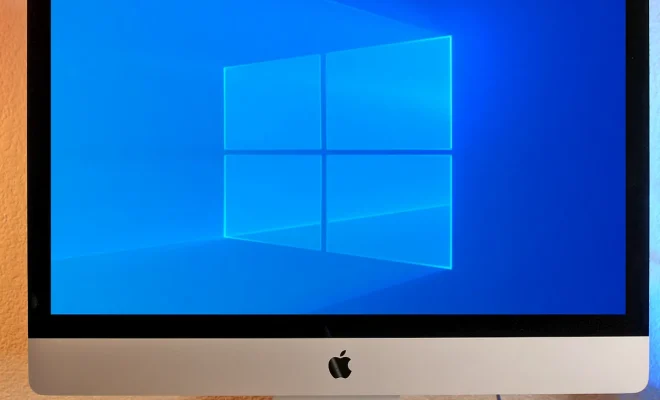Raspberry Pi 4 and Raspberry Pi 400: Which Should You Buy?

Raspberry Pi is not a new name in the world of single-board computers, and it seems like the Raspberry Pi Foundation is not done yet with their innovation. Raspberry Pi has recently announced two new additions to their lineup: the Raspberry Pi 4 and Raspberry Pi 400. Both boards come with their unique features, making it difficult for users to decide which one to buy. This article aims to provide an overview of the two boards and help you make a more informed decision.
Raspberry Pi 4:
The Raspberry Pi 4 features significant improvements over its predecessor, the Raspberry Pi 3B+. The board has a newer Broadcom BCM2711 processor with a clock speed of 1.5 GHz, 2GB, 4GB, or 8GB of LPDDR4-3200 SDRAM, and support for dual-band 2.4GHz and 5GHz wireless LAN. The board also includes two USB 2.0 ports, two USB 3.0 ports, two micro-HDMI ports, Gigabit Ethernet, and a USB-C power supply. The Raspberry Pi 4 can run more demanding applications and can handle multiple tasks simultaneously.
The Raspberry Pi 4 is ideal for those who need a machine for advanced projects with high power requirements, such as media centers, game emulation, and even desktop computing. It is also suitable for developers who want to experiment with robotics, artificial intelligence, and machine learning. However, all these features come at a higher price point than previous Raspberry Pi boards, with prices ranging from $35 to $75, depending on the RAM option.
Raspberry Pi 400:
The Raspberry Pi 400 is Raspberry Pi 4 in a compact keyboard form factor. The board includes a quad-core ARM Cortex-A72 processor, 4GB LPDDR4-3200 SDRAM, and a USB-C power supply. The board also has a similar set of ports to the Raspberry Pi 4, with two USB 3.0 ports, a Gigabit Ethernet port, and two micro-HDMI ports. The Raspberry Pi 400 also has a built-in SD card slot and a 40-pin GPIO header.
The Raspberry Pi 400 is an excellent option for those who want a simple, plug-and-play desktop computer. It is easy to set up, and its compact form factor makes it easy to transport. The board is suitable for activities such as browsing, email, and word processing. It also comes with dozens of preinstalled software packages, including Scratch, Python, and Sonic Pi. However, its compact design may not make it ideal for more demanding projects that require more power.
So, which one should you buy?
Both the Raspberry Pi 4 and Raspberry Pi 400 offer excellent value and performance. The decision whether to buy one over the other depends on your computing needs. If you require a high-performance machine for advanced projects and desktop computing, the Raspberry Pi 4 is the better choice, but it comes with a higher price point. On the other hand, if you are looking for a simple, portable, and budget-friendly computer for general-purpose computing, the Raspberry Pi 400 is the perfect option.
In conclusion, both the Raspberry Pi 4 and Raspberry Pi 400 offer a great combination of price, performance, and versatility. It all depends on your needs and preferences, and you cannot go wrong with either board. Whatever board you choose, you are guaranteed to have an enjoyable and educational experience with the Raspberry Pi ecosystem.





